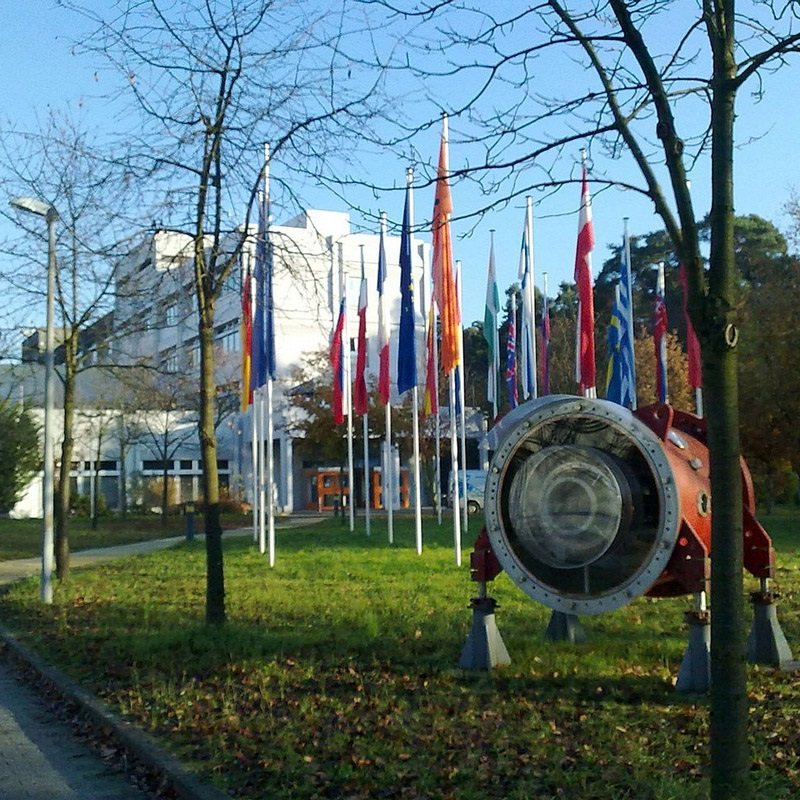Meitnerium
109
Mt
Gruppe
9
Periode
7
Block
d
Protonen
Elektronen
Neutronen
109
109
159
Generelle Eigenschaften
Ordnungszahl
109
Atommasse
[278]
Massenzahl
268
Kategorie
Übergangsmetalle
Farbe
n/a
Radioaktiv
Ja
Named after Lise Meitner, the Austrian physicist
Kristallstruktur
n/a
Geschichte
Meitnerium was first synthesized in 1982 by a German research team led by Peter Armbruster and Gottfried Münzenberg at the Institute for Heavy Ion Research (Gesellschaft für Schwerionenforschung) in Darmstadt.
The team bombarded a target of bismuth-209 with accelerated nuclei of iron-58 and detected a single atom of the isotope meitnerium-266.
The team bombarded a target of bismuth-209 with accelerated nuclei of iron-58 and detected a single atom of the isotope meitnerium-266.
Elektronen pro Schale
2, 8, 18, 32, 32, 15, 2
Elektronenkonfiguration
[Rn] 5f14 6d7 7s2
Meitnerium has 7 isotopes whose half-lives are known
Physikalische Eigenschaften
Aggregatzustand
Fest
Dichte
35 g/cm3
Schmelzpunkt
-
Siedepunkt
-
Schmelzwärme
n/a
Verdampfungswärme
n/a
Spezifische Wärmekapazität
-
Häufigkeit in der Erdkruste
n/a
Häufigkeit im Universum
n/a

Danksagungen für Bilder: Wikimedia Commons (Commander-pirx)
The element was discovered at the Institute for Heavy Ion Research in Darmstadt, Germany
CAS-Nummer
54038-01-6
PubChem CID-Nummer
n/a
Atomeigenschaften
Atomradius
-
Kovalenter Radius
129 pm
Elektronegativität
-
Ionisierungsenergie
-
Molares Volumen
-
Wärmeleitfähigkeit
-
Oxidationszustände
3, 4, 6
Anwendung
Meitnerium is used for scientific research purposes only.
Meitnerium is harmful due to its radioactivity
Isotope
Stabile Isotope
-Instabile Isotope
265Mt, 266Mt, 267Mt, 268Mt, 269Mt, 270Mt, 271Mt, 272Mt, 273Mt, 274Mt, 275Mt, 276Mt, 277Mt, 278Mt, 279Mt